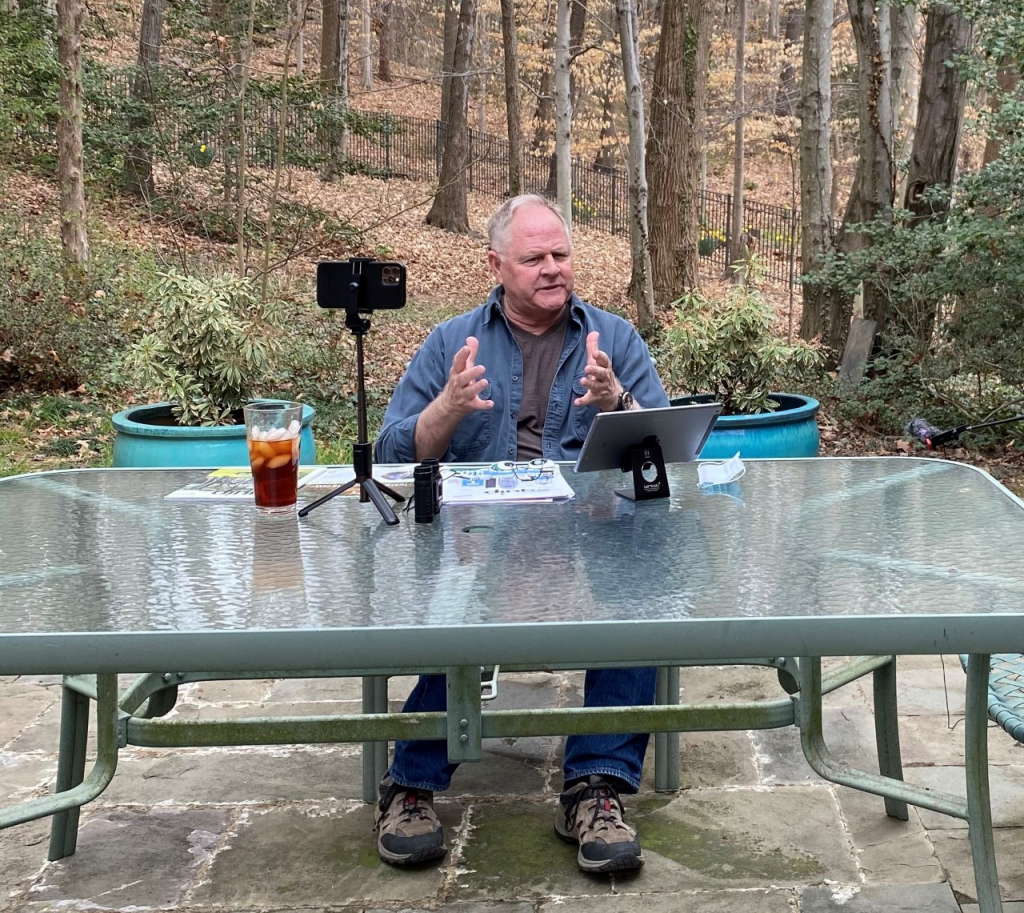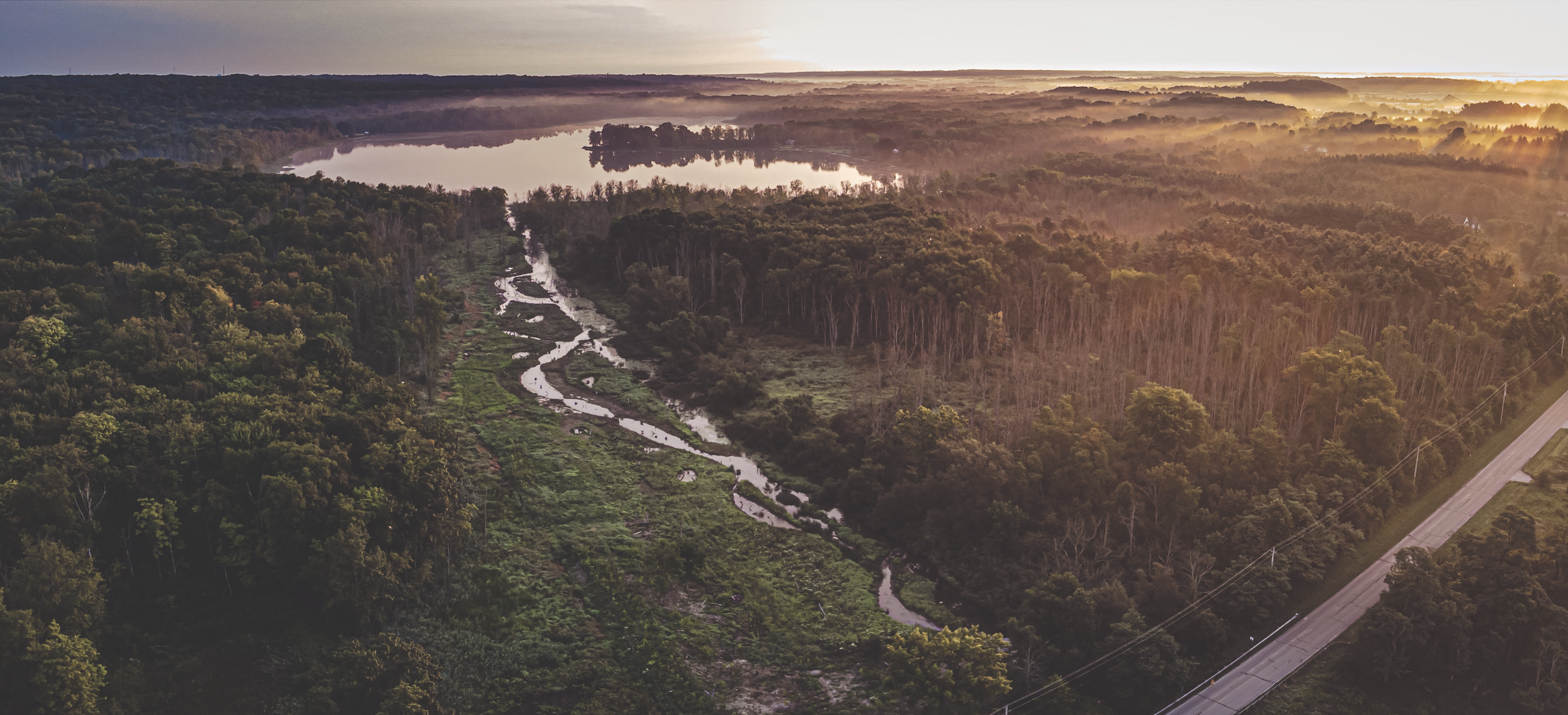 Beavers Creek Post Restoration
Beavers Creek Post Restoration
Healing Native Landscapes That Have Been Impacted or Destroyed
The vast majority of landscapers are driven by a passion for the outdoors and a desire to help people connect to nature. Their careers began because they enjoy being outside, working with their hands or seeing things grow. Due to the ornamental trends of constructed landscapes, though, a landscaper’s core values and goals are thwarted. Spaces that are designed, built and maintained for aesthetic purposes can strip away or degrade the ecology that exists within a landscape. This not only stops native plant and animal species from surviving and thriving, it can impact the services ecosystems provide to people—like filtering polluted water and air, storing carbon, providing spaces for recreation or restoring habitat for the pollinators we need for agriculture. A nationwide ecological consulting firm is pushing to reverse the decline of natural ecosystems by taking sustainability and conservation efforts one step further. They are focusing on ecological restoration.
Biohabitats is an ecological restoration, conservation planning and regenerative design firm. A landscape architect launched the company in 1982 by combining applied ecology with landscape contracting. He wanted society to see that land development didn’t need to go hand-in-hand with environmental destruction.
“The whole landscape industry is grown up around ornamental landscaping for homes, buildings, parks and streetscapes. It wasn’t really geared from an ecological perspective. We are flipping that on its head,” says Biohabitats Founder and President Keith Bowers. “You can do something that is aesthetically pleasing and, more importantly, good for the natural ecosystem.”
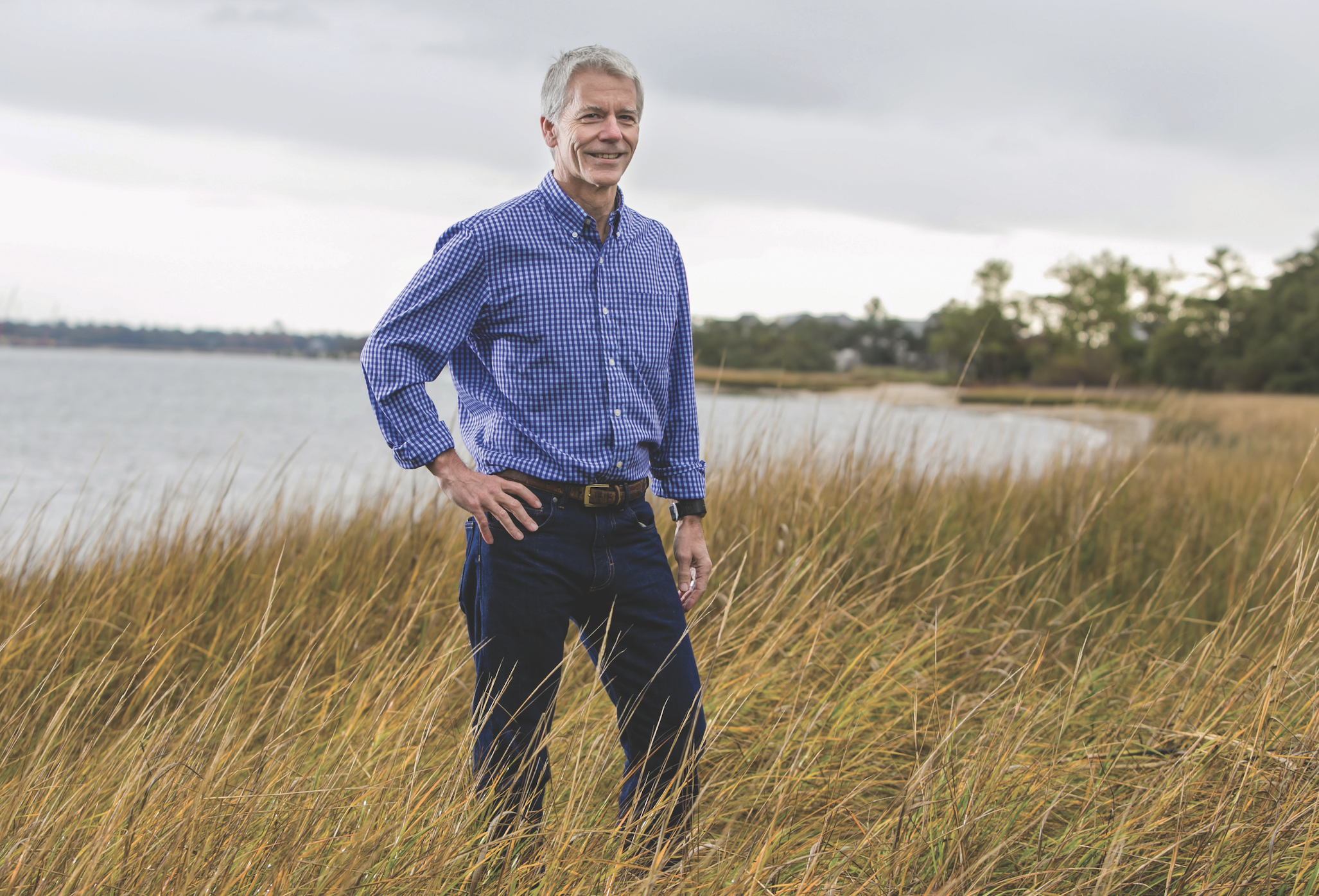 Keith Bowers, Biohabitats Founder & President
Keith Bowers, Biohabitats Founder & President
Keith found his passion while working along the Chesapeake Bay in the 1970s. The area faced decline for years because of unchecked development within the watershed, pollution and overharvesting of shellfish and marine organisms. He learned from a mentor, Dr. Edgar Garbisch, founder of the nonprofit organization Environmental Concern, who wanted to restore the coastal marshes in decline throughout the bay. Dr. Garbisch’s work made a lifelong impact on Keith.
“Instead of focusing on just horticulture or conventional landscape contracting and design, I decided to approach things from an ecological perspective,” Keith says.
"To protect the landscape &
teach others to do the same."
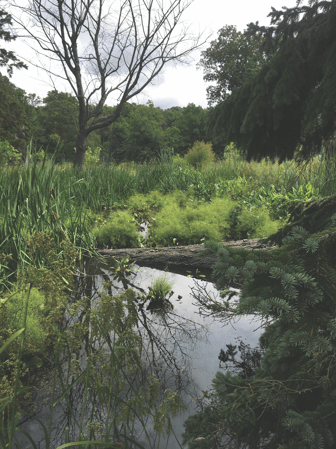 As he studied landscape architecture at West Virginia University, Keith searched for ways to integrate industry practices with various scientific sectors like botany, soil science, geo-morphology and plant ecology. He says today, this collaboration is needed more than ever. Species are rapidly disappearing because of fragmented landscapes and loss of habitat. In fact, scientists say we are entering the sixth great mass extinction of life on Earth. This rapid loss of species is estimated to be between 1,000 and 10,000 times higher than the natural extinction rate. Many scientists argue the impact of habitat fragmentation is more concerning than that of climate change. They recognize, though, the two are intricately interconnected. Keith’s answer: landscapers.
As he studied landscape architecture at West Virginia University, Keith searched for ways to integrate industry practices with various scientific sectors like botany, soil science, geo-morphology and plant ecology. He says today, this collaboration is needed more than ever. Species are rapidly disappearing because of fragmented landscapes and loss of habitat. In fact, scientists say we are entering the sixth great mass extinction of life on Earth. This rapid loss of species is estimated to be between 1,000 and 10,000 times higher than the natural extinction rate. Many scientists argue the impact of habitat fragmentation is more concerning than that of climate change. They recognize, though, the two are intricately interconnected. Keith’s answer: landscapers.
"As an industry, we must advocate for actions that restore & regenerate native ecosystems."
Keith suggests things like planting native plants, rather than ornamental plant species, never using invasive plants, switching to organic pesticides and fertilizers and reducing or eliminating irrigation.
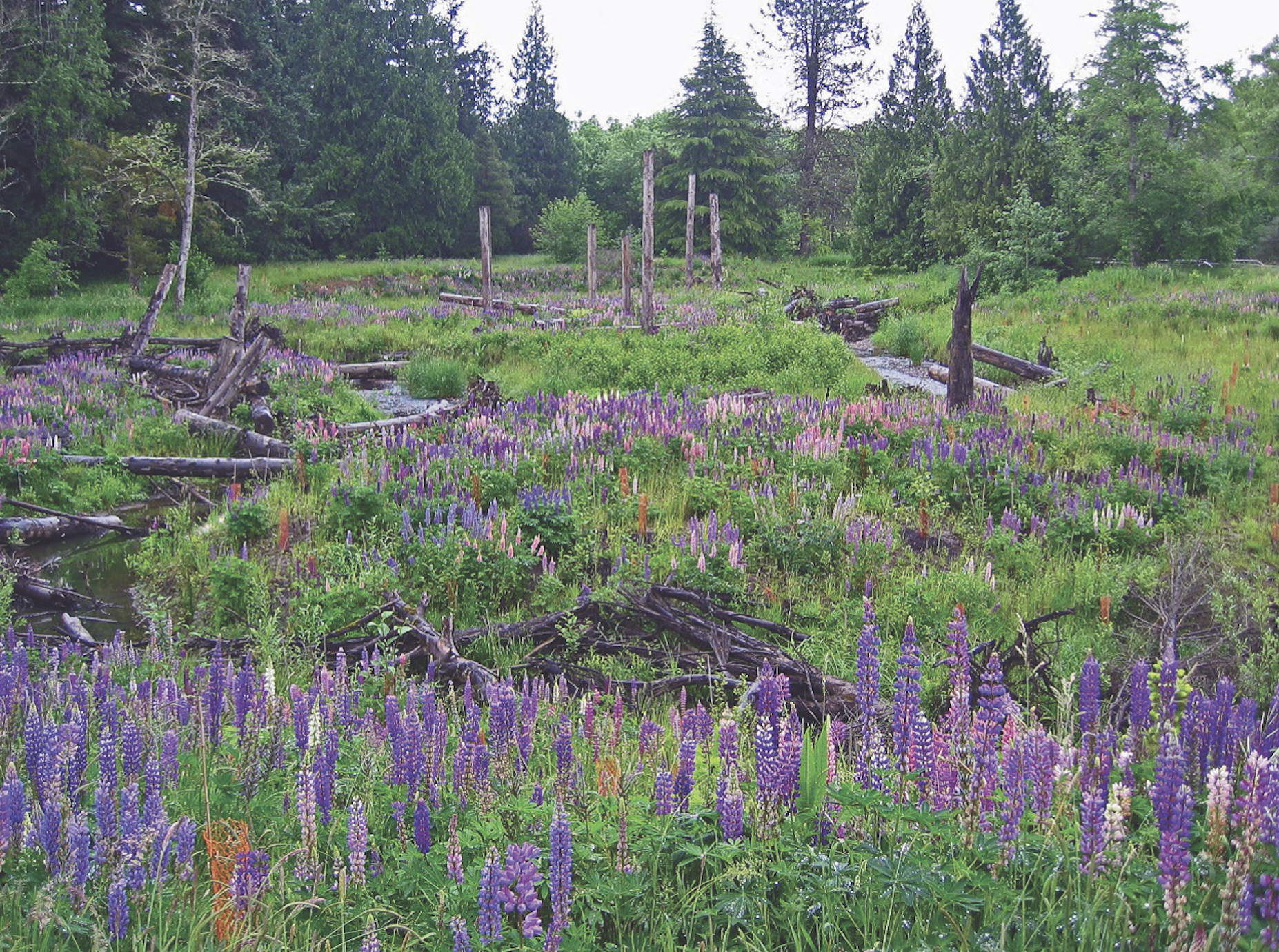 Kelley Creek Restoration
Kelley Creek Restoration
“Pesticides have a huge impact on our water systems, insect populations and pollinators,” he explains.
Irrigation can damage our natural water system. Keith says ornamental plants typically use too much water, depleting groundwater supplies. Plus, moving, heating, cooling and treating water adds to the industry’s carbon footprint. Instead, landscapes should be designed and managed to minimize and, whenever possible, eliminate irrigation.
“In a lot of cases, we don’t need landscapes to be managed so intensely. Maybe instead of a manicured park, we can combine elements to support and reconnect wildlife habitat,” Keith suggests. “We can even put up signs that educate the public on how these plants provide critical homes for butterflies, amphibians and small mammals to enjoy. We don’t have to choose between a park strictly designed for people or a park that is good for the environment. We can do both.”
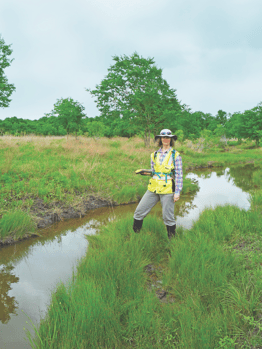
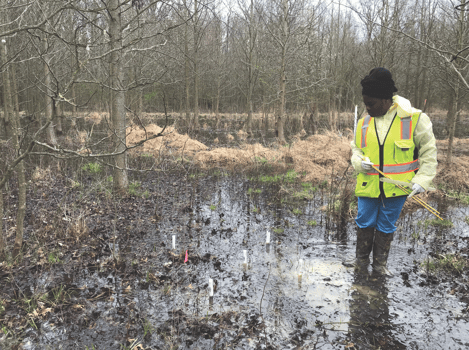
The key, he says, is for landscapers to guide clients away from harmful products and trends by educating them on the benefits of natural ecosystems. He suggests following the 80/20 rule. Dedicate 20 percent of a landscape to people and the remaining 80 percent as a native, ecologically-based landscape. This is just as possible in urban areas as it is in more rural landscapes. Biohabitats’ offices are organized based on bioregions: areas defined by shared ecological and cultural characteristics. With bioregion offices throughout North America, Biohabitats’ interdisciplinary team represents a variety of specialties. Those include ecologists, biologists, geomorphologists, landscape architects, water resource engineers, geographic information systems analysts, CAD technicians and construction personnel. Biohabitats is involved in about 200 projects throughout the world at any given time. The team works closely to learn from each other’s disciplines and collaborate on regional and national levels.
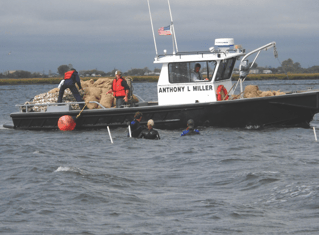 When Biohabitats launched 40 years ago, the nation had recently passed the Clean Water and Clean Air Acts, in addition to many state and local environmental laws. Recognizing the decline in the Chesapeake Bay, Maryland leaders also passed the Chesapeake Bay Critical Area Act, which requires jurisdictions adjacent to the bay to plan ways to protect its water quality and habitat. Biohabitats found itself at the right place at the right time and helped many of these jurisdictions comply with these regulations. Soon after, the Society for Ecological Restoration was formed. Keith served on the board and two terms as its chair in the early 2000s. Then, in July of 2021, The United Nations issued a rallying cry to massively scale up restoration efforts across the globe, declaring the next 10 years to be the “Decade on Ecosystem Restoration.” Due to these initiatives and legislation, many of Biohabitats’ projects are government-driven, involving local jurisdictions, cities, states
When Biohabitats launched 40 years ago, the nation had recently passed the Clean Water and Clean Air Acts, in addition to many state and local environmental laws. Recognizing the decline in the Chesapeake Bay, Maryland leaders also passed the Chesapeake Bay Critical Area Act, which requires jurisdictions adjacent to the bay to plan ways to protect its water quality and habitat. Biohabitats found itself at the right place at the right time and helped many of these jurisdictions comply with these regulations. Soon after, the Society for Ecological Restoration was formed. Keith served on the board and two terms as its chair in the early 2000s. Then, in July of 2021, The United Nations issued a rallying cry to massively scale up restoration efforts across the globe, declaring the next 10 years to be the “Decade on Ecosystem Restoration.” Due to these initiatives and legislation, many of Biohabitats’ projects are government-driven, involving local jurisdictions, cities, states
and even federal agencies like the National Park Service, Fish and Wildlife Service and the U.S. Army Corps of Engineers.
“For example, a town might have two miles of impacted river they want restored. Biohabitats will work with the town to assess, design and implement natural and nature-based approaches to restore the river, which often includes measures to improve fish habitat, reduce downstream flooding and the community,” says Keith.
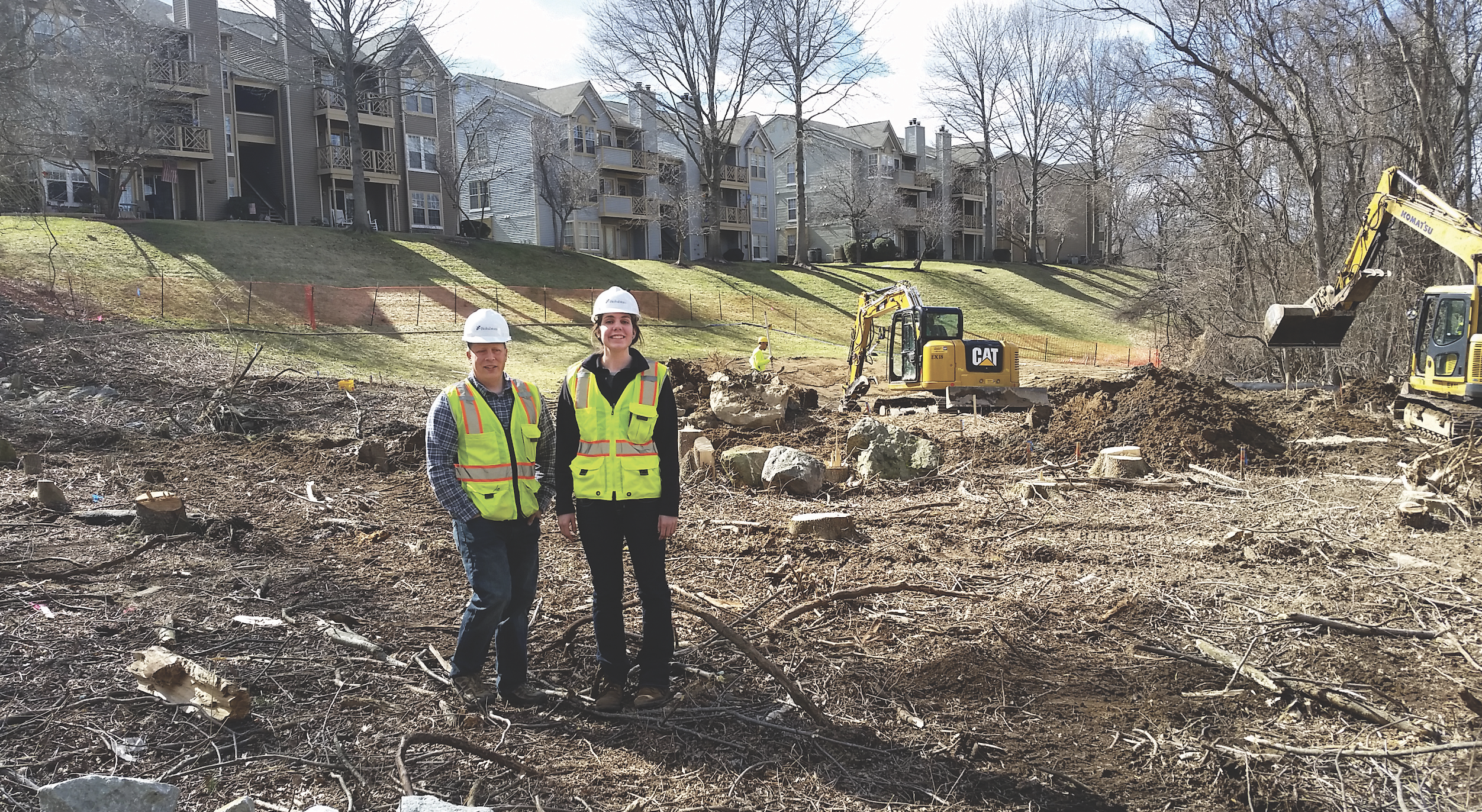
Katie and Mike overseeing a construction project
Using ecology as a foundation, the company is also helping many cities develop resiliency plans that focus on a regenerative future. Recently, Biohabitats worked with the city of Atlanta to develop an Urban Ecology Framework and with the cities of Baltimore and Kansas City on green network initiatives. These plans not only address issues like climate change and biodiversity; they provide guidance on developing sustainable housing, transportation and infrastructure.
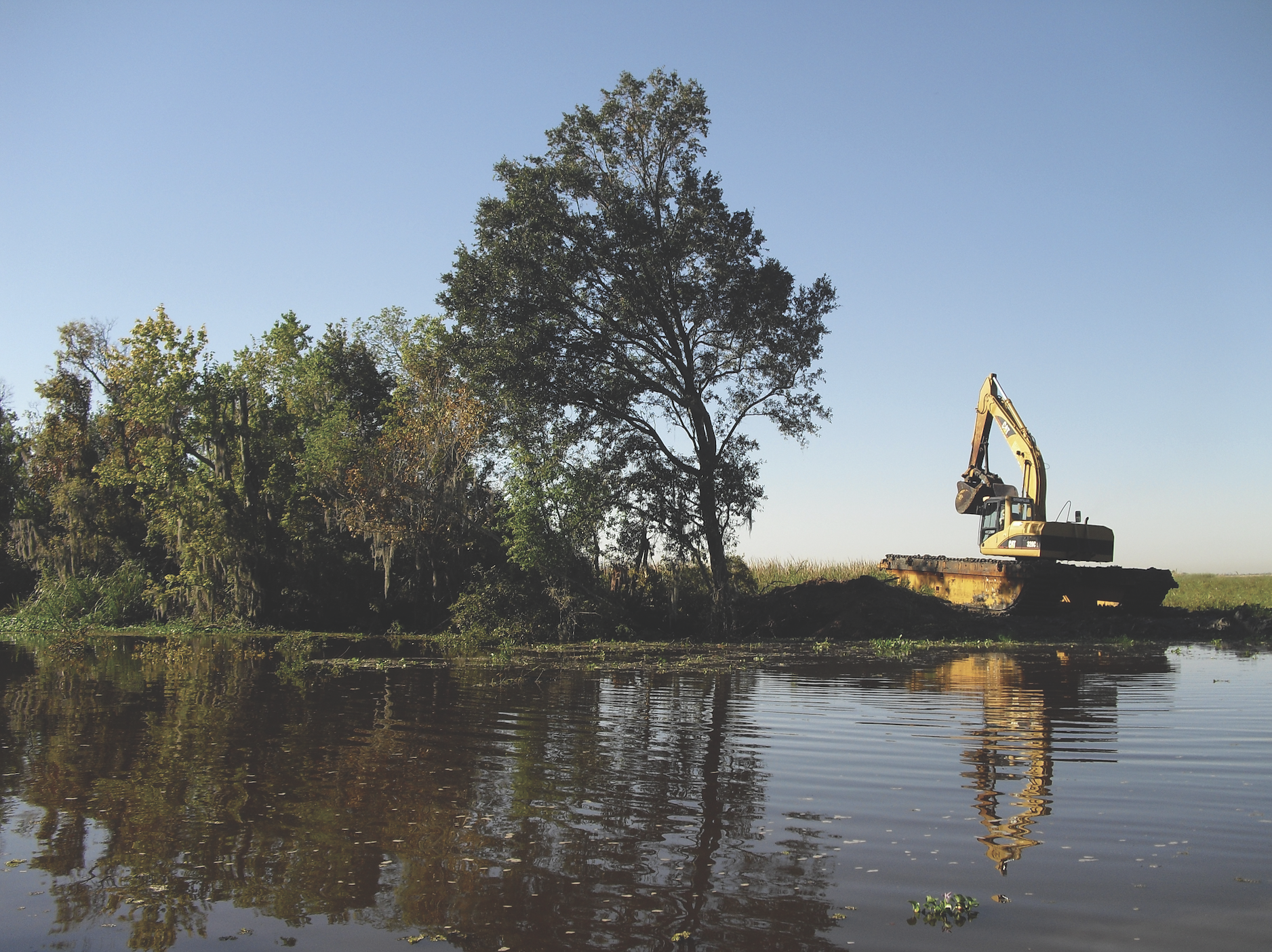 “We look at ways to provide ecosystem services like heat islands, water quality and carbon sequestration,” says Keith. “We also looked at environmental justice issues and what restorative actions are needed to address these issues and instill equity with future planning initiatives. We hosted multiple community engagement events to determine what people wanted to see from an urban ecology perspective.”
“We look at ways to provide ecosystem services like heat islands, water quality and carbon sequestration,” says Keith. “We also looked at environmental justice issues and what restorative actions are needed to address these issues and instill equity with future planning initiatives. We hosted multiple community engagement events to determine what people wanted to see from an urban ecology perspective.”
About a third of the firm’s projects involve non-government entities like universities, sustainable land development groups and nonprofits like The Nature Conservancy.
Within the last year, Keith’s team found ways to improve communities in many areas of life, including economic, social and educational, all by applying ecological principles to the landscape. Biohabitats hopes to build a world where people and the full community of life can thrive alongside the ecosystems they depend on. It is a goal that takes collaboration, though. The team wants to spread their message throughout the outdoor industry and eventually inspire a new way of designing, building and maintaining healthy, ecologically robust and resilient landscapes.
.png?width=361&height=240&name=Students%20Floating%20Wetlants%20(1).png)
.png?width=364&height=240&name=Students%20Floating%20Wetlants%20(2).png)
Students Creating Floating Wetlands
GET IN TOUCH WITH...
Biohabitats
Phone: (800) 220–0919
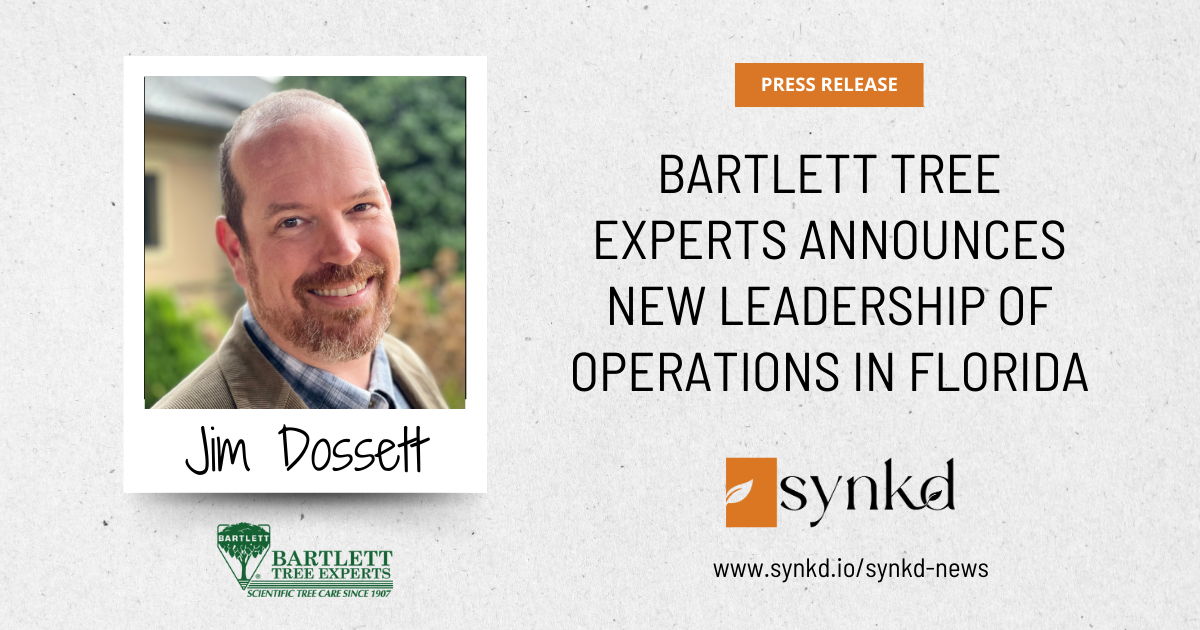
Bartlett Tree Experts Announces New Leadership of Operations in Florida
May 16, 2024—STAMFORD, CT.—Bartlett Tree Experts, the world’s leading scientific tree and shrub care company, is pleased to announce that Jim Dossett...
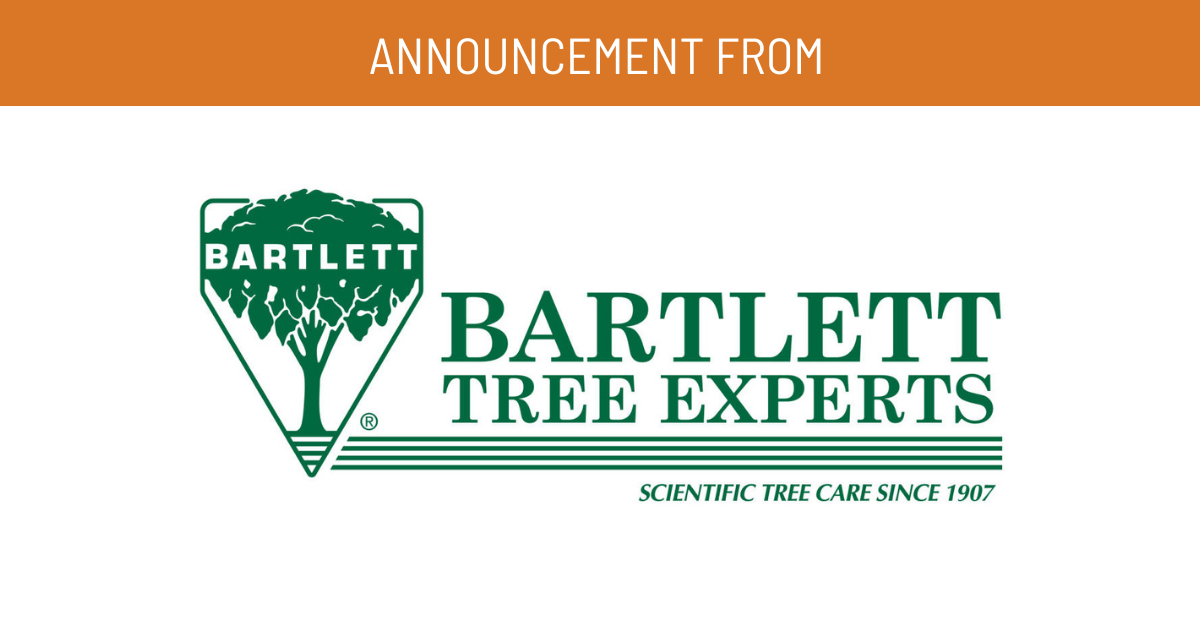
Bartlett Tree Experts Announces New Leadership in Southern California
August 3, 2023 – STAMFORD, CT.—Bartlett Tree Experts is pleased to announce that Erik Johnson, Division Manager and Vice President, is overseeing the...


 SYNKD Writer
SYNKD Writer
